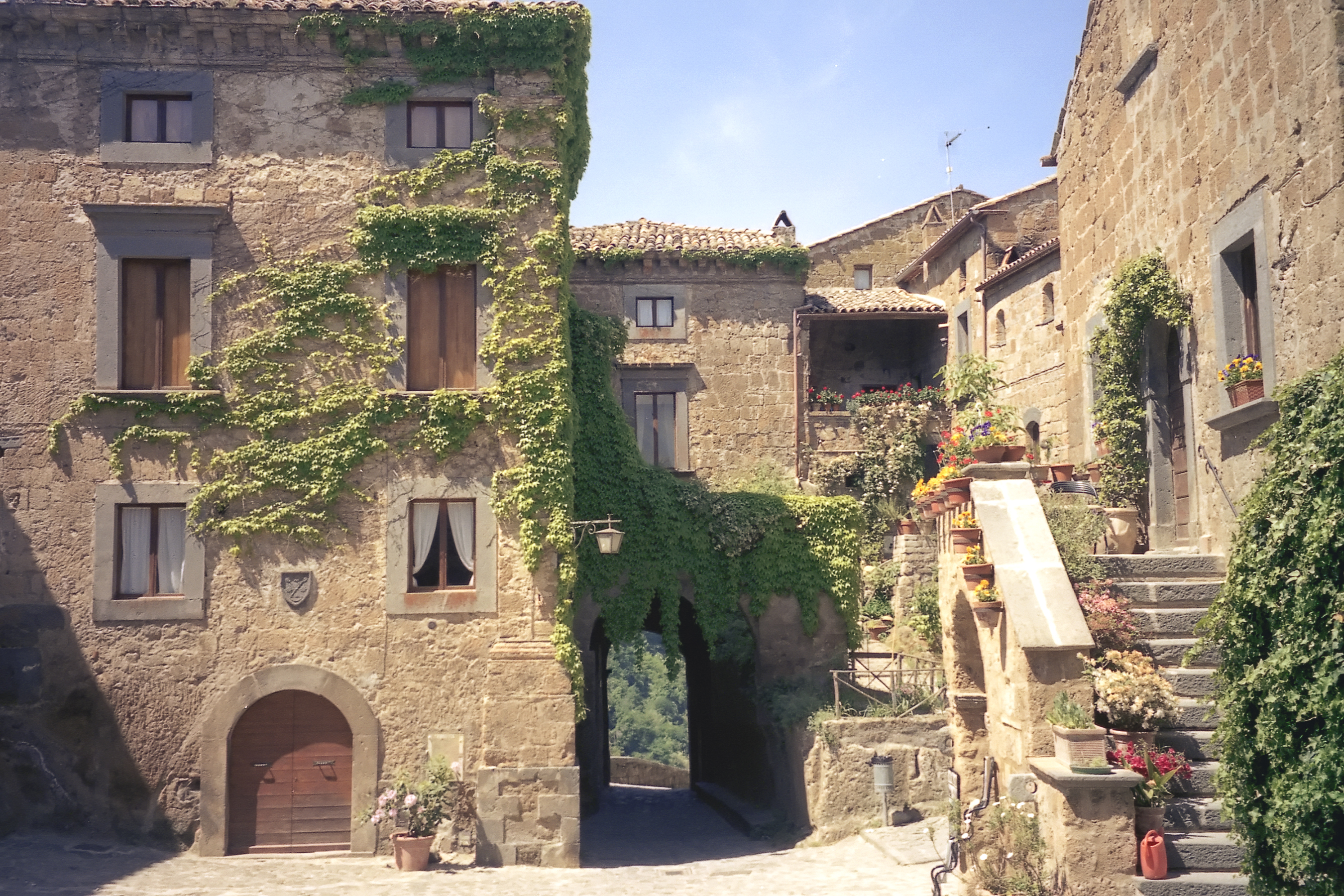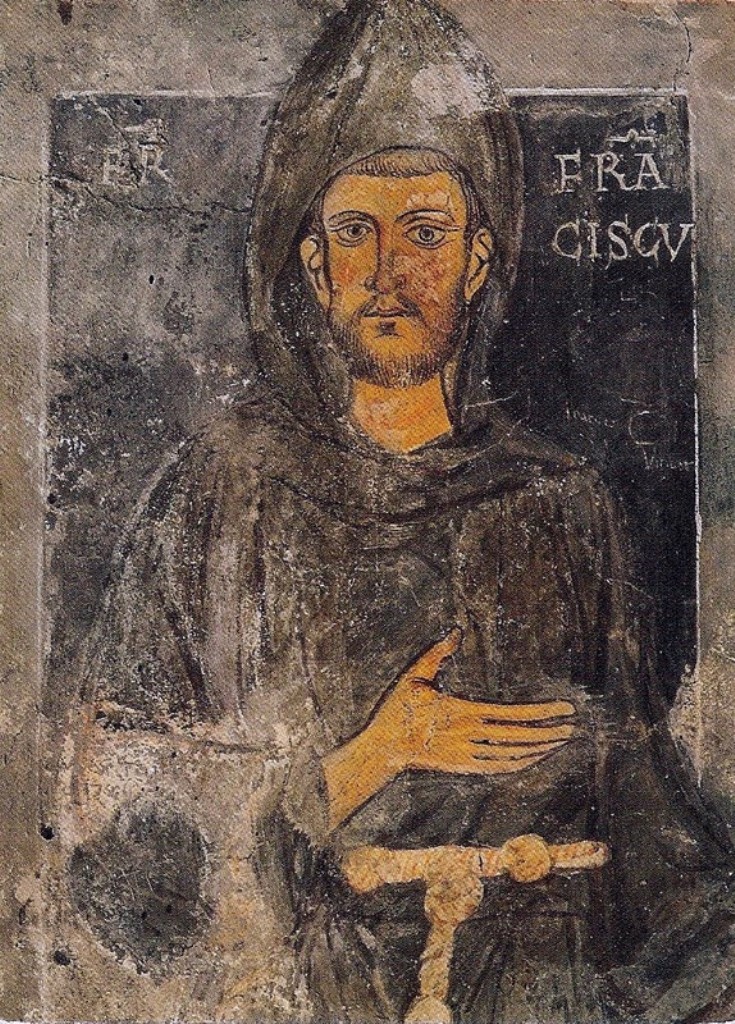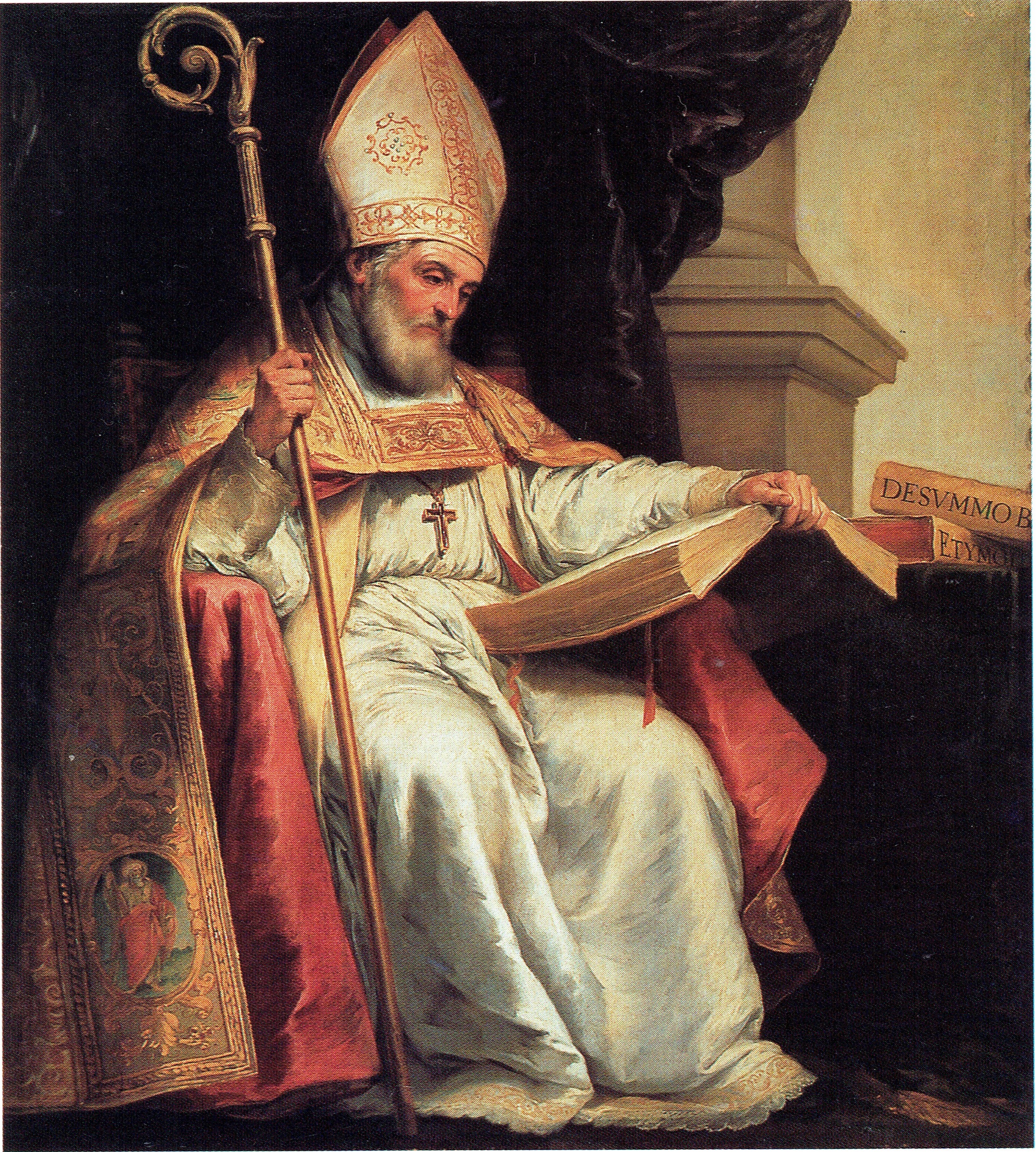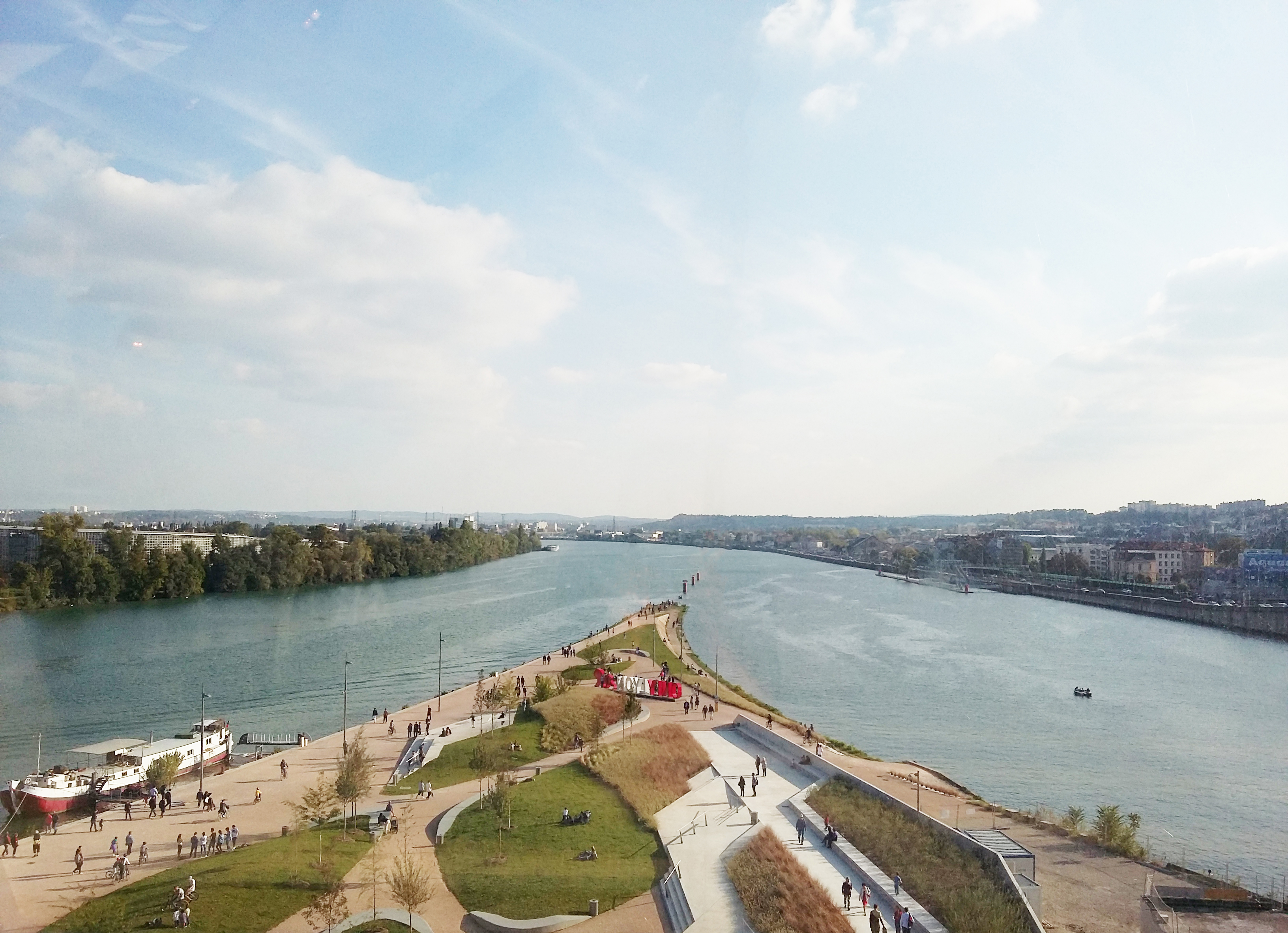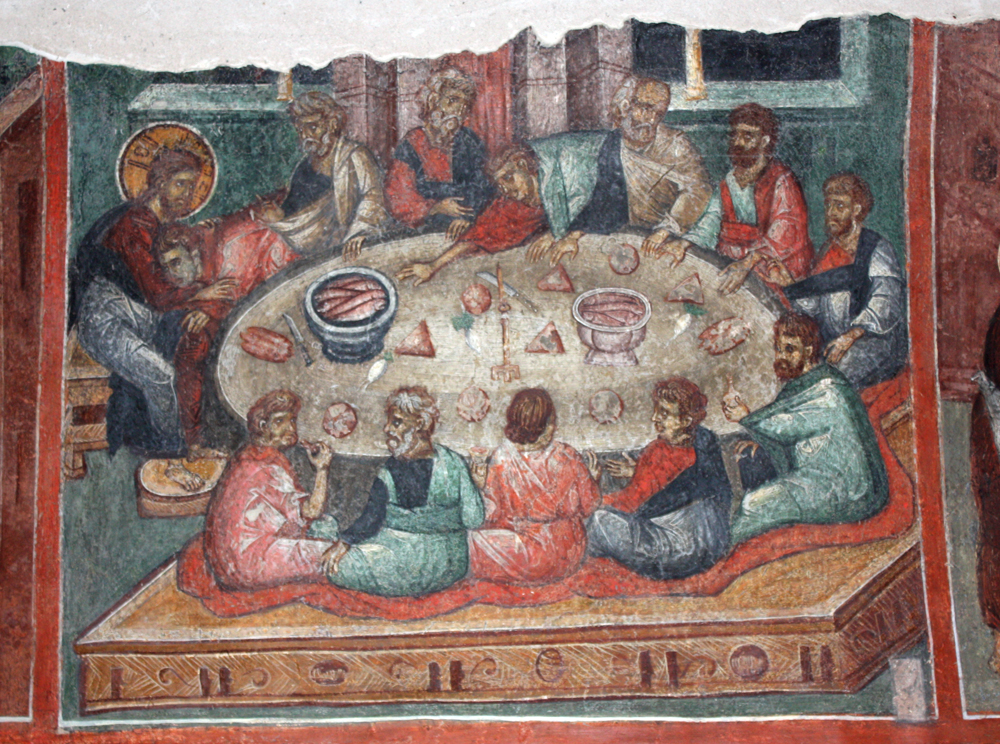|
Bonaventure
Bonaventure ( ; ; ; born Giovanni di Fidanza; 1221 – 15 July 1274) was an Italian Catholic Franciscan bishop, Cardinal (Catholic Church), cardinal, Scholasticism, scholastic theologian and philosopher. The seventh Minister General (Franciscan), Minister General of the Order of Friars Minor, he also served for a time as Roman Catholic Suburbicarian Diocese of Albano, Bishop of Albano. He was canonised on 14 April 1482 by Pope Sixtus IV and declared a Doctor of the Church in 1588 by Pope Sixtus V, becoming known as the "Seraphic Doctor" (). His Calendar of saints, feast day is 15 July. Many writings from the Middle Ages once attributed to him have been subsequently re-classified under the name "Pseudo-Bonaventure". Life He was born at Civita di Bagnoregio, not far from Viterbo, then part of the Papal States. Almost nothing is known of his childhood, other than the names of his parents, Giovanni di Fidanza and Maria di Ritella. Bonaventure reports that in his youth he ... [...More Info...] [...Related Items...] OR: [Wikipedia] [Google] [Baidu] |
Civita Di Bagnoregio
Civita di Bagnoregio () is an outlying village of the (municipality) of Bagnoregio in the Province of Viterbo in central Italy. It lies east of the town of Bagnoregio and about north of Rome. The only access is a footbridge from the nearby town, with a toll introduced in 2013. Because of the toll, communal taxes were abolished in Civita and nearby Bagnoregio. Due to its unstable foundation that often erodes, Civita is famously known as "the dying city". It is one of I Borghi più belli d'Italia ("The most beautiful villages of Italy"). Territory Civita is situated in the valley of the badlands (''Valle dei Calanchi''), a region east of Lake Bolsena and west of the Tiber Valley, in the municipality of Bagnoregio. It consists of two main valleys: the ''Fossato del Rio Torbido'' and the ''Fossato del Rio Chiaro.'' Originally these places might have been easier to reach and were crossed by an ancient road that linked the Tiber Valley to Lake Bolsena. The morphology of this re ... [...More Info...] [...Related Items...] OR: [Wikipedia] [Google] [Baidu] |
Order Of Friars Minor
The Order of Friars Minor (commonly called the Franciscans, the Franciscan Order, or the Seraphic Order; Post-nominal letters, postnominal abbreviation OFM) is a Mendicant orders, mendicant Catholic religious order, founded in 1209 by Francis of Assisi. The order adheres to the teachings and spiritual disciplines of the founder and of his main associates and followers, such as Clare of Assisi, Anthony of Padua, and Elizabeth of Hungary, among many others. The Order of Friars Minor is the largest of the contemporary Religious institute#Categorization, First Orders within the Franciscan movement. Francis began preaching around 1207 and traveled to Rome to seek approval of his order from Pope Innocent III in 1209. The original Rule of Saint Francis approved by the pope disallowed ownership of property, requiring members of the order to beg for food while preaching. The austerity was meant to emulate the life and ministry of Jesus Christ. Franciscans traveled and preached in the ... [...More Info...] [...Related Items...] OR: [Wikipedia] [Google] [Baidu] |
Scholasticism
Scholasticism was a medieval European philosophical movement or methodology that was the predominant education in Europe from about 1100 to 1700. It is known for employing logically precise analyses and reconciling classical philosophy and Catholic Christianity. The Scholastics, also known as Schoolmen, utilized dialectical reasoning predicated upon Aristotelianism and the categories (Aristotle), Ten Categories. Scholasticism emerged within the monastic schools that translated medieval Judeo-Islamic philosophies (800–1400), Judeo-Islamic philosophies, and "rediscovered" the Corpus Aristotelicum, collected works of Aristotle. Endeavoring to harmonize Aristotle's metaphysics (Aristotle), metaphysics and Latin Catholic theology, these monastic schools became the basis of the earliest European medieval university, medieval universities, and thus became the bedrock for the development of History of science, modern science and Western philosophy, philosophy in the Western world. T ... [...More Info...] [...Related Items...] OR: [Wikipedia] [Google] [Baidu] |
Medieval Philosophy
Medieval philosophy is the philosophy that existed through the Middle Ages, the period roughly extending from the fall of the Western Roman Empire in the 5th century until after the Renaissance in the 13th and 14th centuries. Medieval philosophy, understood as a project of independent philosophical inquiry, began in Baghdad, in the middle of the 8th century, and in France and Germany, in the itinerant court of Charlemagne in Aachen, in the last quarter of the 8th century. It is defined partly by the process of rediscovering the ancient culture developed in Greece and Rome during the Classical period, and partly by the need to address theological problems and to integrate sacred doctrine with secular learning. This is one of the defining characteristics in this time period. Understanding God was the focal point of study of the Jewish, Christian and Muslim Philosophers and Theologians. The history of medieval philosophy is traditionally divided into two main periods: the period ... [...More Info...] [...Related Items...] OR: [Wikipedia] [Google] [Baidu] |
Claude François (painter)
Claude François (1614 - 17 May 1685) was a French painter and Recollect Franciscan friar. He is better known as Frère Luc (''Brother Luke''), the name he adopted after becoming a monk. Life He was born in Amiens and studied drawing and the initial principals of art there, before moving to Paris to complete his training under Simon Vouet, whose style he closely copied throughout his life. From there he went to Rome to copy the old masters there. It was also there that he painted an ''Assumption of the Virgin'' as a high altarpiece for the Jacobin church back in Amiens, aged only twenty. This painting, a copy from a work by Jacopo Bassano, was valued at 6,000 écus in 1635. He then returned to Paris, where he took monastic vows aged 30 at the Récollets du faubourg Saint-Martin. It is said that he fell from the top of pont du Cange into the river Somme aged fifteen and only escaped death by a kind of miracle and that he had seen the Virgin Mary and promised her to become a ... [...More Info...] [...Related Items...] OR: [Wikipedia] [Google] [Baidu] |
Doctor Of The Church
Doctor of the Church (Latin: ''doctor'' "teacher"), also referred to as Doctor of the Universal Church (Latin: ''Doctor Ecclesiae Universalis''), is a title given by the Catholic Church to saints recognized as having made a significant contribution to theology or doctrine through their research, study, or writing. , the Catholic Church has named 37 Doctors of the Church. Of these, the 18 who died before the East-West Schism, Great Schism of 1054 are also held in high esteem by the Eastern Orthodox Church, although it does not use the formal title ''Doctor of the Church''. Among the 37 recognised Doctors, 28 are from the West and nine from the East; four are women and thirty-three are men; one is an abbess, three are nuns, and one is a tertiary associated with a religious order; two are popes, 19 are bishops, twelve are priests, and one is a deacon; and 27 are from Europe, three are from Africa, and seven are from Asia. More Doctors (twelve) lived in the fourth century than any o ... [...More Info...] [...Related Items...] OR: [Wikipedia] [Google] [Baidu] |
Lyon
Lyon (Franco-Provençal: ''Liyon'') is a city in France. It is located at the confluence of the rivers Rhône and Saône, to the northwest of the French Alps, southeast of Paris, north of Marseille, southwest of Geneva, Switzerland, northeast of Saint-Étienne. The City of Lyon is the List of communes in France with over 20,000 inhabitants, third-largest city in France with a population of 522,250 at the Jan. 2021 census within its small municipal territory of , but together with its suburbs and exurbs the Lyon Functional area (France), metropolitan area had a population of 2,308,818 that same year, the second largest in France. Lyon and 58 suburban municipalities have formed since 2015 the Lyon Metropolis, Metropolis of Lyon, a directly elected metropolitan authority now in charge of most urban issues, with a population of 1,424,069 in 2021. Lyon is the Prefectures in France, prefecture of the Auvergne-Rhône-Alpes Regions of France, region and seat of the Departmental co ... [...More Info...] [...Related Items...] OR: [Wikipedia] [Google] [Baidu] |
Augustinianism
Augustinianism is the philosophical and theological system of Augustine of Hippo and its subsequent development by other thinkers, notably Boethius, Anselm of Canterbury and Bonaventure. Among Augustine's most important works are '' The City of God'', , and '' Confessions''. Originally, Augustinianism developed in opposition to Pelagianism; it was widespread in medieval western philosophy until the arrival of Thomism and Aristotelianism. Plato and Plotinus influenced Augustine in many ways, and he is considered a Neoplatonic philosopher. The Augustinian theodicy and other Augustinian doctrines such as the divine illumination and the invisible church show a strong Platonic influence. Pope Benedict XVI cautioned that all of the Western Church teaching leads to him: View of humanity "Augustine considered the human race as a compact mass, a collective body, responsible in its unity and solidarity. Carrying out his system in all its logical consequences, he laid down t ... [...More Info...] [...Related Items...] OR: [Wikipedia] [Google] [Baidu] |
Holy Communion
The Eucharist ( ; from , ), also called Holy Communion, the Blessed Sacrament or the Lord's Supper, is a Christian rite, considered a sacrament in most churches and an ordinance in others. Christians believe that the rite was instituted by Jesus at the Last Supper, the night before his crucifixion, giving his disciples bread and wine. Passages in the New Testament state that he commanded them to "do this in memory of me" while referring to the bread as "my body" and the cup of wine as "the blood of my covenant, which is poured out for many". According to the synoptic Gospels, this was at a Passover meal. The elements of the Eucharist, sacramental bread, either leavened or unleavened, and sacramental wine (non-alcoholic grape juice in some Protestant traditions, such as Methodism), are consecrated on an altar or a communion table and consumed thereafter. The consecrated elements are the end product of the Eucharistic Prayer. Christians generally recognize a special presen ... [...More Info...] [...Related Items...] OR: [Wikipedia] [Google] [Baidu] |
Cardinal (Catholicism)
A cardinal is a senior member of the clergy of the Catholic Church. As titular members of the clergy of the Diocese of Rome, they serve as advisors to the pope, who is the bishop of Rome and the Head of the Church#Catholic Church, visible head of the worldwide Catholic Church. Cardinals are chosen and formally created by the pope, and typically hold the title for life. Collectively, they constitute the College of Cardinals. The most solemn responsibility of the cardinals is to elect a new pope in a Papal conclave, conclave, almost always from among themselves, with a few historical exceptions, when the Holy See is Sede vacante#Vacancy of the Holy See, vacant. During the period between a pope's death or resignation and the election of his successor, the day-to-day governance of the Holy See is in the hands of the College of Cardinals. The right to participate in a conclave is limited to cardinals who have not reached the age of 80 years by the day the vacancy occurs. With the pope ... [...More Info...] [...Related Items...] OR: [Wikipedia] [Google] [Baidu] |
University Of Paris
The University of Paris (), known Metonymy, metonymically as the Sorbonne (), was the leading university in Paris, France, from 1150 to 1970, except for 1793–1806 during the French Revolution. Emerging around 1150 as a corporation associated with the cathedral school of Paris, it was considered the List of medieval universities, second-oldest university in Europe.Charles Homer Haskins: ''The Rise of Universities'', Henry Holt and Company, 1923, p. 292. Officially chartered in 1200 by Philip II of France, King Philip II and recognised in 1215 by Pope Innocent III, it was nicknamed after its theological College of Sorbonne, founded by Robert de Sorbon and chartered by King Louis IX around 1257. Highly reputed internationally for its academic performance in the humanities ever since the Middle Ages – particularly in theology and philosophy – it introduced academic standards and traditions that have endured and spread, such as Doctor (title), doctoral degrees and student nations. ... [...More Info...] [...Related Items...] OR: [Wikipedia] [Google] [Baidu] |
Cardinal Bishop Of Albano
The Diocese of Albano () is a Latin suburbicarian see of the Diocese of Rome in Italy, comprising seven towns in the Province of Rome. Albano Laziale is situated on the Appian Way some from Rome. Since 1966, it has both a titular bishop and a diocesan bishop. Early history The city of Albano is located at the fifteenth milestone from Rome on the Via Appia Antiqua, and two miles from the ancient Alba Longa. A villa of Pompey the Great and a villa of the Emperor Domitian were located in the area. It had an amphitheater by the second half of the first century A.D. In 197, the Emperor Septimius Severus created the Legio II Parthica, whose headquarters was at the Castra Albana, until they were disbanded by the Emperor Constantine (306–337). According to the ''Liber Pontificalis'' the Emperor Constantine I provided the city with a new basilica, that of Saint John the Baptist: :''fecit basilicam Augustus Constantinus in civitate Albanensis, videlicet S. Joannis Baptistae''. H ... [...More Info...] [...Related Items...] OR: [Wikipedia] [Google] [Baidu] |
